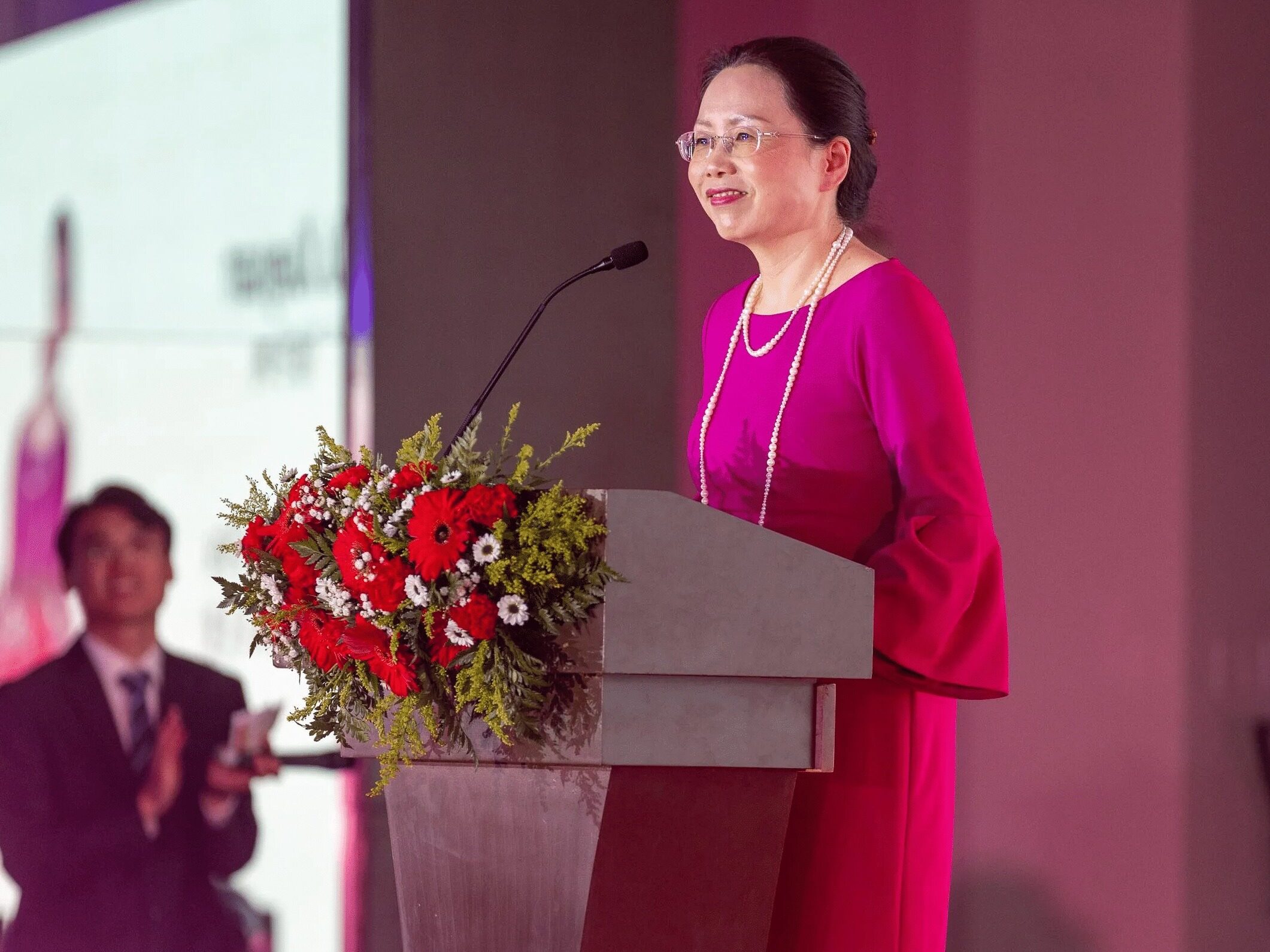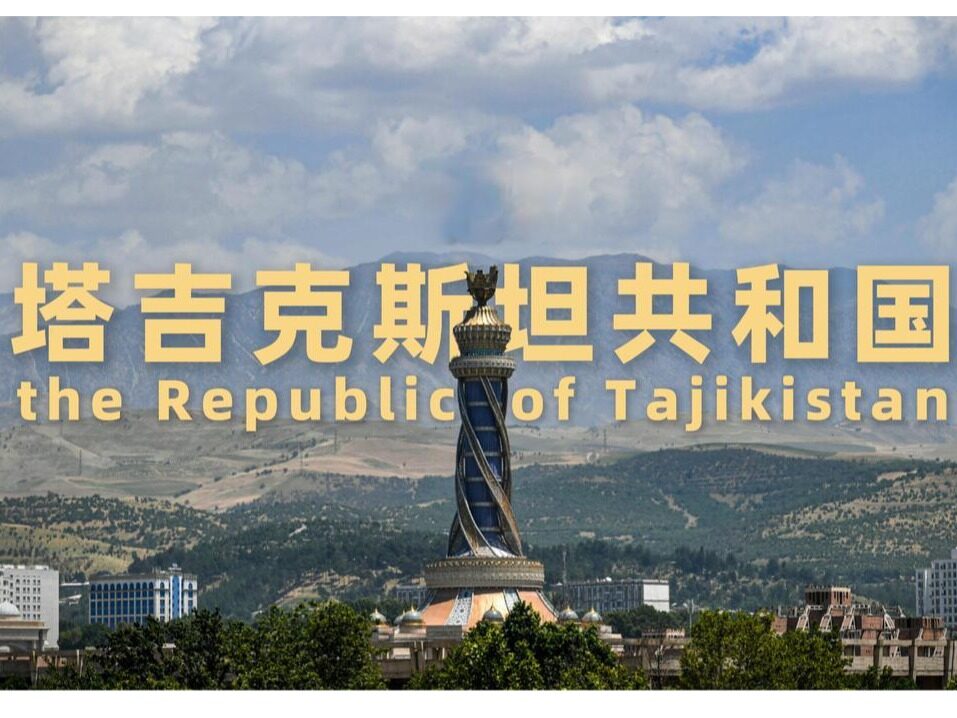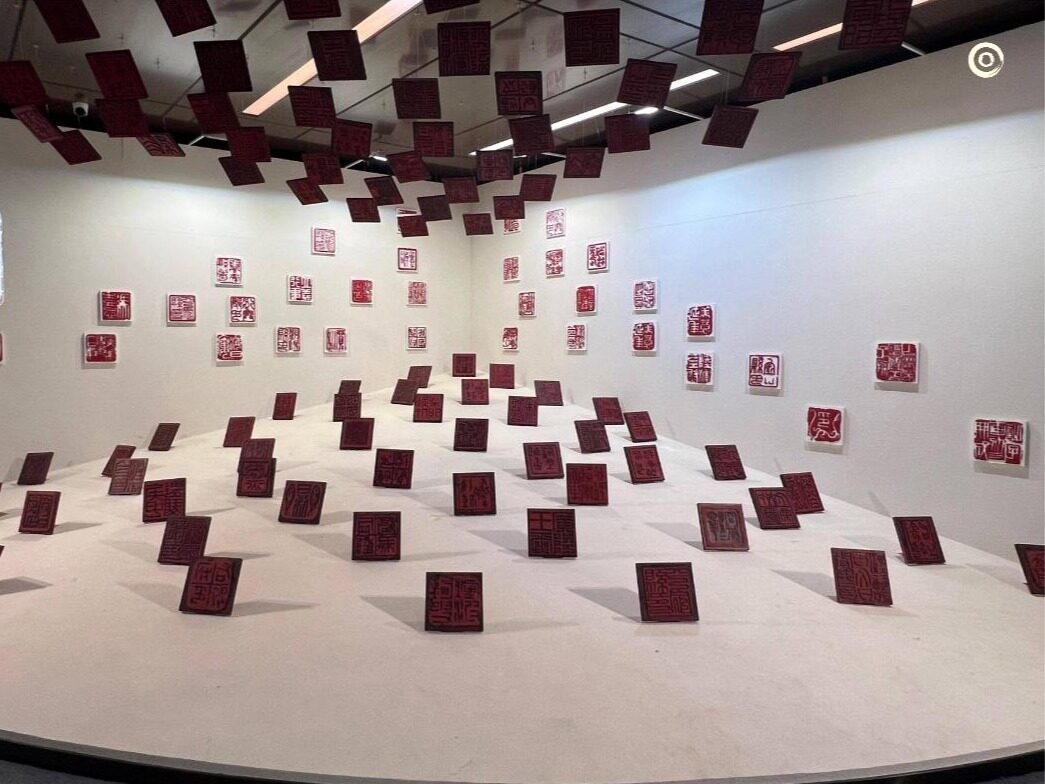- The cascade hydropower stations in the Nanou River Basin are a strategic project for Laos to develop Southeast Asian batteries
- The construction of the project has provided more than 10000 job opportunities for the local area, and the localization rate of employees has reached over 60%

Out of Luang Prabang, drive eastward along the No. 13 Highway of the North South Artery for 50 kilometers. On one side, there are endless mountains, and on the other side, there is the surging Southern European River. A colleague from the livelihood improvement team of Power Construction Corporation of China Southern Oujiang Migrants pointed to the village on the hillside and said that it was Bajie Village.
On this trip, we are going to Bajie Village to track and implement the improvement of immigrant livelihoods. The Asa family is the research site we will visit today. As soon as we arrived at the village entrance, we recognized Asa's house - there was a huge cowshed in front of his house, covering over 100 square meters. Asa and his wife Amy heard that we were coming, so they waited at the door early and greeted us warmly and somewhat shyly as we entered the house.
Like typical Laotian villagers, Asa is of medium height, with thick eyebrows and big eyes, and Amy is beautiful, intelligent, hardworking, and capable. In the clean and bright living room, there are tile floors, gypsum ceilings, and household appliances such as televisions, washing machines, and refrigerators. We sat next to each other, drinking tea, and chatting together, quickly getting to know each other.
Bajie Village, where the Asa family is located, is a typical new immigrant village on the banks of the Southern European River. With Power Construction Corporation of China coming here to develop and utilize rich hydropower resources, there is also a beautiful standard of new immigrant villages growing up with hydropower stations.

In the past, Asa worked in a restaurant in Luang Prabang, and Ami took care of two children and three mu of paddy fields at home. She lived a tight life. But Asa has a lively mind and doesn't want to be poor all the time. With the construction of the Southern European River hydropower station, Asa was the first to respond to the relocation call, the first to sign a contract in the village, and the first to move to a new immigrant village.
I moved to a new home and my living conditions have improved, but how will I live my future? When he was thinking about what to do, the staff of the Immigration Livelihood Improvement Office composed of Power Construction Corporation of China Laos Nanoujiang Company and the local government came to him.
In order to find a way for villagers to improve their livelihoods, Power Construction Corporation of China Southern Europe River Corporation cooperates with the local government to carry out livelihood improvement projects for more than 30 new immigrant villages involved in the seven power stations in the Southern Europe River basin within three to five years on the principle of not reducing the original living standard and ensuring long-term livelihood.
Through a livelihood willingness survey, considering the unique livestock conditions in the local area, Asa and many villagers still prefer to raise cattle. In the past, there were also villagers who raised cattle, but most of them were raised in a loose range. In addition to high investment and long cycles, there was no way to cure the headache and fever of cattle. Gradually, there were fewer people raising them, and they never formed a large scale.
Now, with the hydropower station of the Southern European River gradually lighting up the urban and rural areas here, more and more tourists come to Luang Prabang for tourism, which also drives the consumption of local beef, and the price rises slowly. Many villagers see the business opportunities and are interested in cattle raising.
Now, Power Construction Corporation of China and the local government have sent calves to the villagers, and invited the county's professional technicians to explain the knowledge of scientific cattle breeding to all the villagers, and practice how to use various cattle vaccines correctly. They also left a hotline, where you can provide on-site services and answer questions at any time

At the beginning of 2021, the Asa family was given two calves by drawing lots. With cows and methods of raising them, Asa and his wife rushed forward without stopping. The young couple followed in a daze, circling the cowshed every day, always saying that the sincerity of their Chinese friends should not be let down, let alone disappointed.
In just over a year, the Asa family gave birth to their first calf. The young couple saw hope and became even more motivated. They bought back four calves, seven of which turned into nine, and nine into twelve. Gradually, they became the village's cattle farmers and wealth leaders.
Soon, the cowshed in the courtyard at the entrance also expanded from more than 20 square meters to more than 50 square meters, and then expanded to more than 100 square meters... In order to raise cows, Asa also installed several electric lights in his own cowshed, which made it convenient for the young couple to drive insects and clean the cowshed at night and add grass. Not only was it powered on, but also connected to the internet. Asa began to learn the techniques of raising cattle online and search for new channels to sell cattle,
In the past, the villagers worked from dawn to dusk, and at night, Bajie Village was pitch black and silent; Now, the villagers are busy learning techniques and farming. At night, the lights in Bajie Village flicker, the stars are scattered, and the people are busy and enjoyable. From time to time, there is lively Lao music and bursts of laughter.
After more than ten years of construction and development, the seven hydropower stations in the Nanou River Basin have connected the mountains and rivers here like seven bright pearls, changing the villages and villages here. With the gradual deepening of livelihood improvement projects, the local government has launched a one village, one product market, which has cultivated many agricultural characteristic villages, such as rubber from Hasa Village, vegetables from Hakam Village, oranges from Dadong Village, beef and mutton from Huili Village, etc. In addition, with convenient transportation and developed networks, more and more foreign merchants are also attracted to purchase fresh agricultural and sideline products from here, sell them to the capital city of Vientiane or export them to China Go to Thailand.

Time has finally lifted a heavy page, no longer the same as before, revealing a gentle face. Asa said, with electricity, there is power, with roads, there is direction, with help, there is no longer loneliness and confusion. It's no longer the past two days of fishing and three days of net drying. Now that everyone has something to do, they have a rush and hope. Life will improve day by day, just like the rivers of southern Europe flowing with happiness forever
Asa said that in the future, he would like to use the money he earned from cattle raising to send his children to China to study and learn Chinese. When they return from their studies, he hopes they can work in a company with a sense of social responsibility like Power Construction Corporation of China, so that the lights of the Southern European River can light up more and farther places.
At Asa's house, listen to him tell his own story, talk about the changes in the village, talk about the future and hope, and sincerely feel happy for them.Editor/Ma Xue
Comment
 Praise
Praise
 Collect
Collect
 Comment
Comment
 Search
Search














Write something~